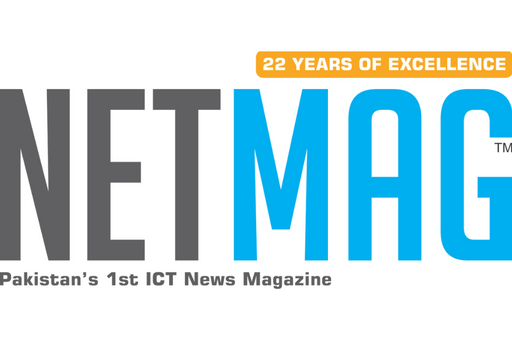While global smartphone discussions often center around Apple, Samsung, and Google, Vivo has quietly and steadily carved a space of its own in 2025. With a clear and streamlined smartphone lineup, Vivo is showing impressive growth across major markets.
In China, Vivo led the smartphone market in 2024 with a 17% share. In India, it surged in the premium segment, climbing from just 2% in 2018 to 19% in 2024, mainly due to the popularity of its V and X series. With this momentum, Vivo is quickly becoming a brand to watch in 2025.
Vivo’s product structure is well-defined:
- Y-series for budget users
- V-series for mid-range buyers
- X-series for flagship performance
Vivo also operates iQOO, initially built for gaming enthusiasts but now positioned as a performance-first sub-brand. The iQOO 13 featured the Snapdragon 8 Gen 1 Elite, and the upcoming iQOO 14 is rumored to be among the first with 8 Gen 2 Elite.
In the camera department, Vivo is setting itself apart with custom hardware and strategic partnerships. The X200 Ultra features the world’s first 200MP APO-grade telephoto lens with 5.0-level OIS, enhancing light capture by 38% and image stability by 41%.
Its collaboration with Zeiss goes beyond mere branding, bringing features like T lens coating*, advanced portrait modes, and precise optical calibration to the X-series.
READ MORE: PAF Spokesperson Air Vice Marshal Aurangzeb Ahmed Gains Spotlight Amid Pakistan-India Tensions
Vivo is also innovating with its in-house chips. The V3+ ISP speeds up post-processing and improves thermal efficiency. The new VS1 chip, featured in the X200 Ultra, offers 80 TOPS AI power with exceptional energy efficiency, handling HDR, real-time bokeh, and multi-frame image processing with ease.
Unlike brands that lock users into ecosystems, Vivo keeps things flexible. Its Pad 3 and Pad 3 Pro tablets focus on media and productivity, not tying users into exclusive hardware setups. There’s no mandatory smartwatch pairing or exclusive accessories required to unlock full functionality.
Instead of undercutting the competition drastically like Xiaomi did in the 2010s, Vivo is opting for smart pricing. For example, the iQOO 13 launched in India at a lower price than any Galaxy S24 variant, while still offering superior RAM, charging speed, and display refresh rates.
What’s more, Vivo is treating emerging regions such as Indonesia, the Middle East, and South America seriously, offering consistent devices that match their global spec lines, unlike other brands that flood markets with inferior rebrands.
Vivo hasn’t reinvented the smartphone or introduced headline-grabbing foldables. But by focusing on what matters—performance, camera quality, pricing, and consistency—Vivo is emerging as one of the most compelling smartphone brands of 2025.




